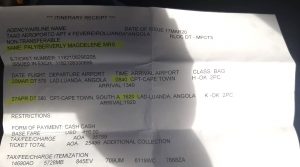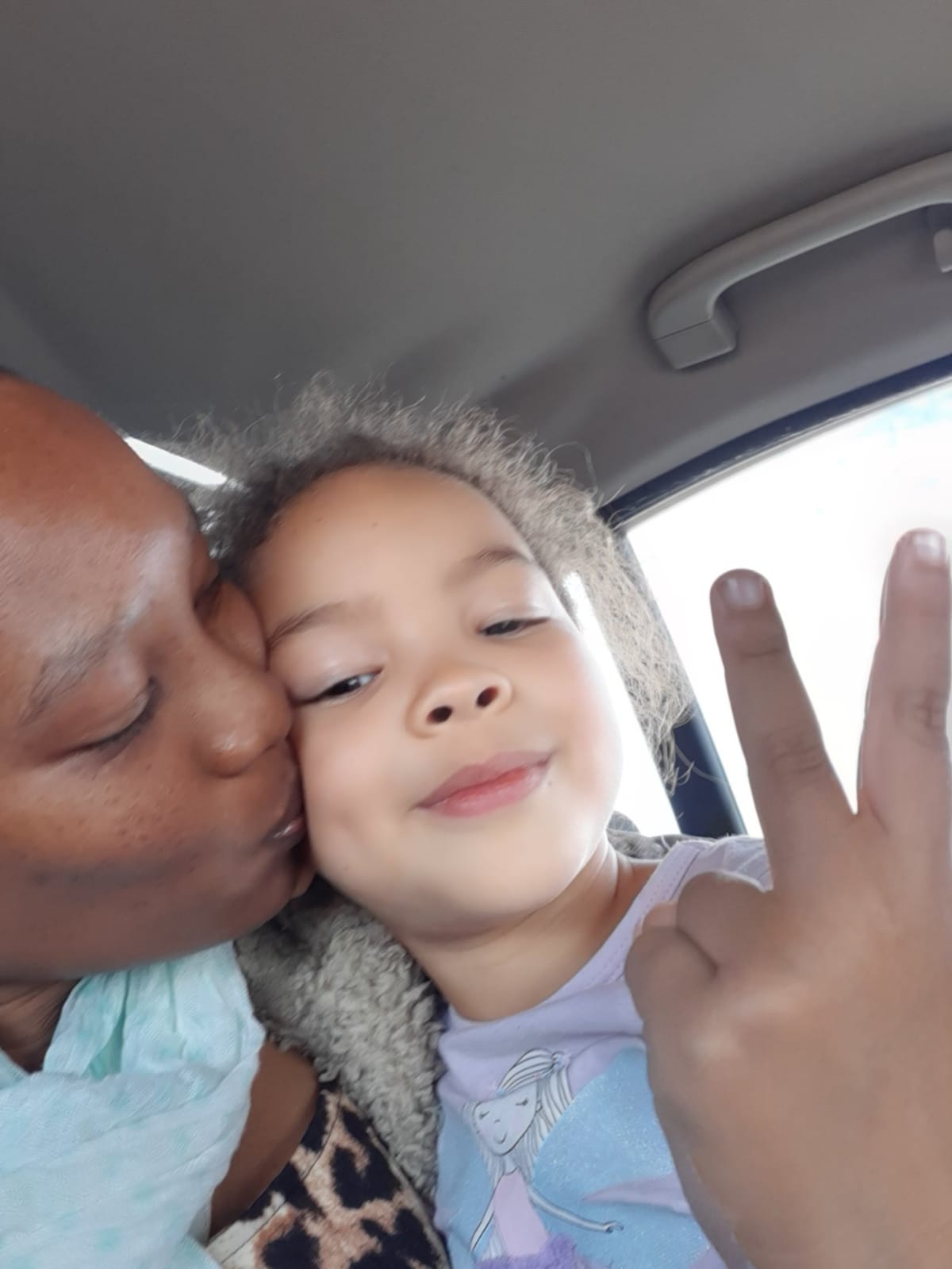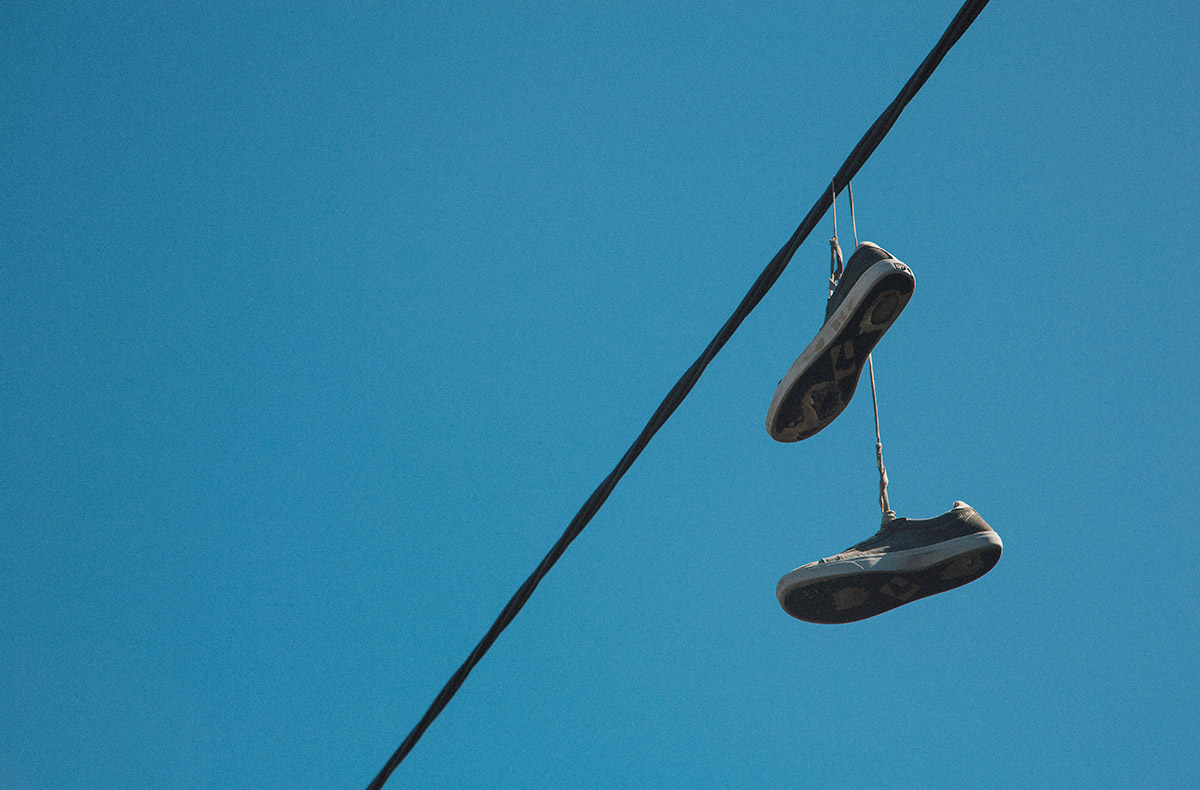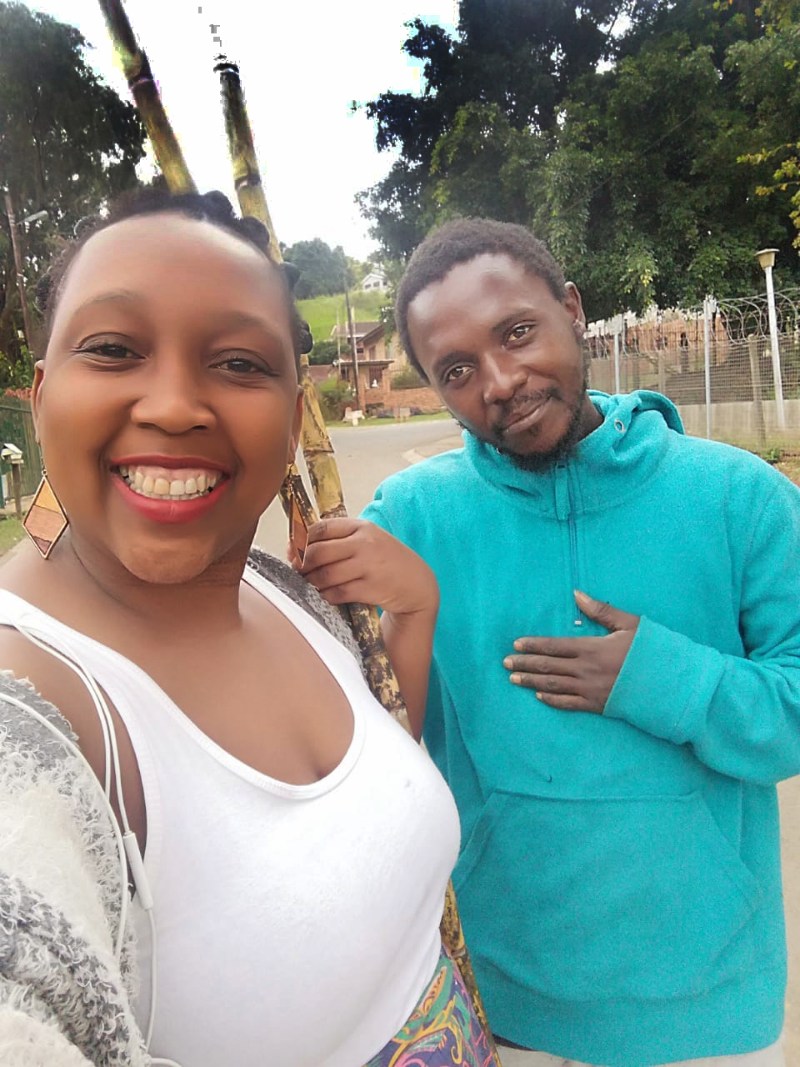Many South Africans work on oil fields in Angola or are doing business in the west African country. A flight ban in the wake of the coronavirus has stranded at least 250 of them. Matthew Hattingh reports
A shortened version of this Report was first published by TimesSELECT
A Cape Town mom stuck in locked-down Angola is desperate to return home to her 5-year-old daughter and has appealed to South African authorities to come to her aid.
Berverly Paly, 37, was one of at least 250 South Africans believed to be trapped in the oil-rich West African country after its government slapped a ban on flights abroad last week.
At least 29 South Africans were also stranded in Morocco, according to an unofficial spokesman for the group, as countries across the globe moved to contain the coronavirus pandemic.
These were in addition to the about 120 people who were aboard two Italian cruise ships in the Mediterranean, who this week have been receiving help to come home.
Paly spoke to Roving Reporters on Tuesday from the capital, Luanda, appealing for officials to clear the way for a commercial flight out of Angola or failing that, to arrange safe passage overland for her and others, through Namibia.
‘I need to get home’
The Brackenfell woman said she has not seen her daughter, Ariella, since leaving for Angola on a business trip, on 1 March.
The Grade R child has been ill and was desperate to be reunited with her mother.
“Every day I have to speak to my daughter [by phone] and explain to her why I cannot come home. My daughter is sick and I need to get home to my daughter,” she said.

Paly, an entrepreneur in the agriculture sector, said she had wrapped up business in Luanda and on Tuesday last week (17 March) bought a ticket home.
She was due to depart on state-owned TAAG Angola Airlines flight on Friday morning (20 March), when Angolan President, João Lourenço announced a moratorium on flights to and from the country, effective from last Wednesday.
The ban remains in force for 15 days, with the possibility of an extension.
Low risk
At the time of publication, Angola was considered low risk for the virus, with only a handful of cases testing positive.
But Paly and other South Africans stranded in the country were troubled to discover that despite the moratorium, some flights have continued from the airport including, it was understood, between Angola and Brazil and Portugal.
After some toing-and-froing between the airport and the place she was staying and amid confused messages from anxious travellers and reports of TAAG flights leaving for other countries, Paly and others turned to the South African embassy for help.
Initially they got little joy after registering at the embassy on Friday.
It was closed at the weekend and for a public holiday on Monday, when she went there again.
Finally, on Tuesday (24 MARCH), Paly and others learnt from embassy officials that a note verbale had been issued.

Ex-diplomat
With her was Leon Viljoen, a business consultant from Somerset West, who has been in Angola since 8 March and was also due to fly home last Friday.
Viljoen, 53, as it happened served with the Department of International Relations and Cooperation (Dirco) from 1992 through to 2000/1, including as a deputy ambassador to Malawi, so has a keen understanding of diplomatic niceties and protocols.
He told Roving Reporters he had spoken to an embassy official who confirmed that about 250 South Africans had registered with them since the flight ban.
And the number was likely to rise as some of the estimated 400 to 500 South Africans working in the Angolan oil industry completed their 28-day work cycles and qualified for home leave, he said.
An official confirmed to him that a note verbale had been issued. This was a formal communication between the two governments.
First step
Viljoen believed it was the first step in an effort to arrange flights for South Africans.
He was anxious to credit the Angolan government for its efforts to contain the virus and reluctant to accuse Dirco of failings, saying it was under a lot of pressure.
However, Viljoen felt better communication with those stranded “would put people a lot more at ease” .
He said high-level diplomatic communication was necessary to resolve matters.
“It would greatly assist us and if it is escalated to a senior level,” he said.
Driving back to South Africa would be impractical, with border crossings likely to bog down in red tape, he said.
Crying
Meanwhile in Cape Town, Paly’s husband, Sergei Paly, 42, has relied on his in-laws to help look after the couple’s daughter while he works as a restaurant manager.
“My wife and daughter have a strong bond. She is stressed. I have to come up with a story and give her a toy every day and say it’s from her mother. She is crying every day. She is asking [on video phone], ‘Mama, when are you coming’,” the Ukraine-born, South African citizen said.
He called for determined action by Dirco and embassy officials, likening them to soldiers who would always be unproven in peacetime, but must “show up and shine” during war.
Roving Reporters calls to Dirco spokesmen went unanswered. And there was no response to detailed questions sent to Chris Chetty, director in its consular services directorate.
Calls to TAAG’s South African offices would not go through. – Roving Reporters

Now read… Why Covid-19 testing takes time and what to expect
Click on image below to read more stories in our series of Coronavirus Chronicles













